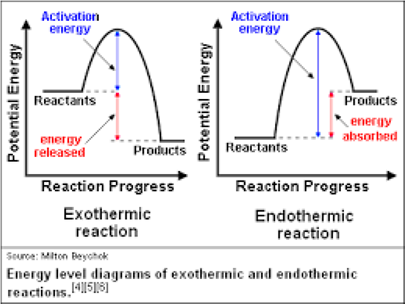
Chemical Kinetics The study of the rate of chemical reaction, factors affecting rate of chemical reaction and mechanism of chemical reaction is called Chemical Kinetics. Types of Chemical Reactions Based on Reaction Rate There are three types of chemical reactions on the basis of the reaction rate. Instantaneous Reactions These are the reactions which are completed at once e.g. reactions between aqueous solutions of AgNO 3 and NaCl to form a white precipitate of AgCl, decolourization of acidified KMnO 4 with FeSO 4 solution. Moderate Reactions These are the reactions which proceed at a moderate speed. The accurate measurement of the rates of reaction is possible e.g. hydrolysis of ethyl acetate to form ethyl alcohol and acetic acid, decomposition of hydrogen iodide into hydrogen and iodine. Slow Reaction These are the reactions which take long time to complete, e.g. rusting of iron, fixation of atmospheric nitrogen. Rate of Reaction The ...



